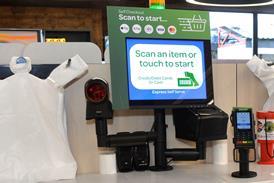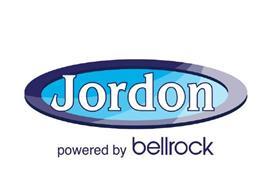We have become used to seeing figures from the Database that tell us shop sales on service stations have been growing consistently for the past few years; not just consistently but sometimes quite spectacularly – at least compared to the rather dismal results which many big High Street retailers have been reporting. It’s possible to argue for ages about the exact reasons why the forecourt sector has (until now, at least) bucked the retail trend. Some suggest that as places for ‘distress purchases’ rather than ‘shopping’, forecourts really can’t be compared to ‘destination retailers’. Others point out that many independent dealers in the forecourt sector have been extremely active investing in regular shop upgrades and expansion over the years whereas the larger chains tend to have less frequent (albeit more elaborate and expensive) capital investment. While many factors have doubtless contributed to the performance, another significant reason may simply be that site numbers have been dropping whereas the number of drivers hasn’t. One reason that rarely gets a mention, is that it’s difficult to think of any other retail sector with harder-working or more entrepreneurial operators than the independent petrol retailer.
As far as fuel volumes are concerned, we have seen average year-on-year increases of 3%, 4% and 8% during 2001, 2002 and 2003 respectively. On the shop side, when we strip out inflation over the same period we arrive at ‘real’ sales growth of 6%, 5% and 8%. So far so good. But the picture may be about to change for the worse. Our monthly comparator table shows June this year as giving a fuel volume decrease of 1.8% compared to June 2003; and shop sales increase of 2.9% for the same period. In itself those figures are slightly worrying – after all, the RPI increased by 3% so by definition it means that ‘real’ sales in June 2004 were below those in June 2003. Of course one month on it’s own is hardly a trend. But looking at the first half of 2004 does not give much scope for encouragement. It shows fuel volume still up by 7% on last year, but shop sales only 4% higher – so for the first time for years shop growth seems to be lagging behind fuel volume and June’s results were really quite awful.
The retail industry in general has become quite used to trotting out ‘reasons’ why particular results aren’t up to scratch. So far 2004 has had indifferent weather, and Euro 2004 may also have something to do with somebody’s sales being down... But whatever the reasons, our Database statistics suggest that forecourt shops have started to run out of steam in the first half of this year. If (and until we see a few more months’ worth of results it remains a big ‘if’) petrol retailing is about to get stuck in a sales depression, what should you be doing? Historically those organisations that show the most consistent long-term success are the ones which continue to make improvements and investment even when the trade cycle is at its least favourable point. Investment in technology, people and marketing. Improvements in facilities, systems and products. There are probably forecourts close to yours where you can see what happens when organisations stop investing. Sweating the assets may appeal to some corporate shareholders but leaves customers clamouring to go elsewhere when those assets are shabby and dilapidated – and hardly likely to attract them back when they do have some money to spend. Look at everything about your shop that affects your customers. Something as simple as keeping staff uniforms clean and tidy can have a big impact on customers’ perception of your business as a place that they don’t want to rush away from at all costs. Look at your product range. OK you might have to reduce some of the choice in the shop (do you really need all 57 different varieties of beans?) but you don’t have to take it completely downmarket to give customers a choice between ‘premium’ and ‘economy’. And the science of merchandising becomes even more important during a slump than in a boom period.
Even something as minor as the queuing time at your point of sale may make the difference between a customer choosing to spend their money with you or at your competitor’s. Put yourself in your customers’ shoes and take an honest, critical look at what you’re offering them. Is it up to scratch? If not, fix it now – there may be storms ahead in the autumn.
All data supplied by EKW Williams Ltd























No comments yet